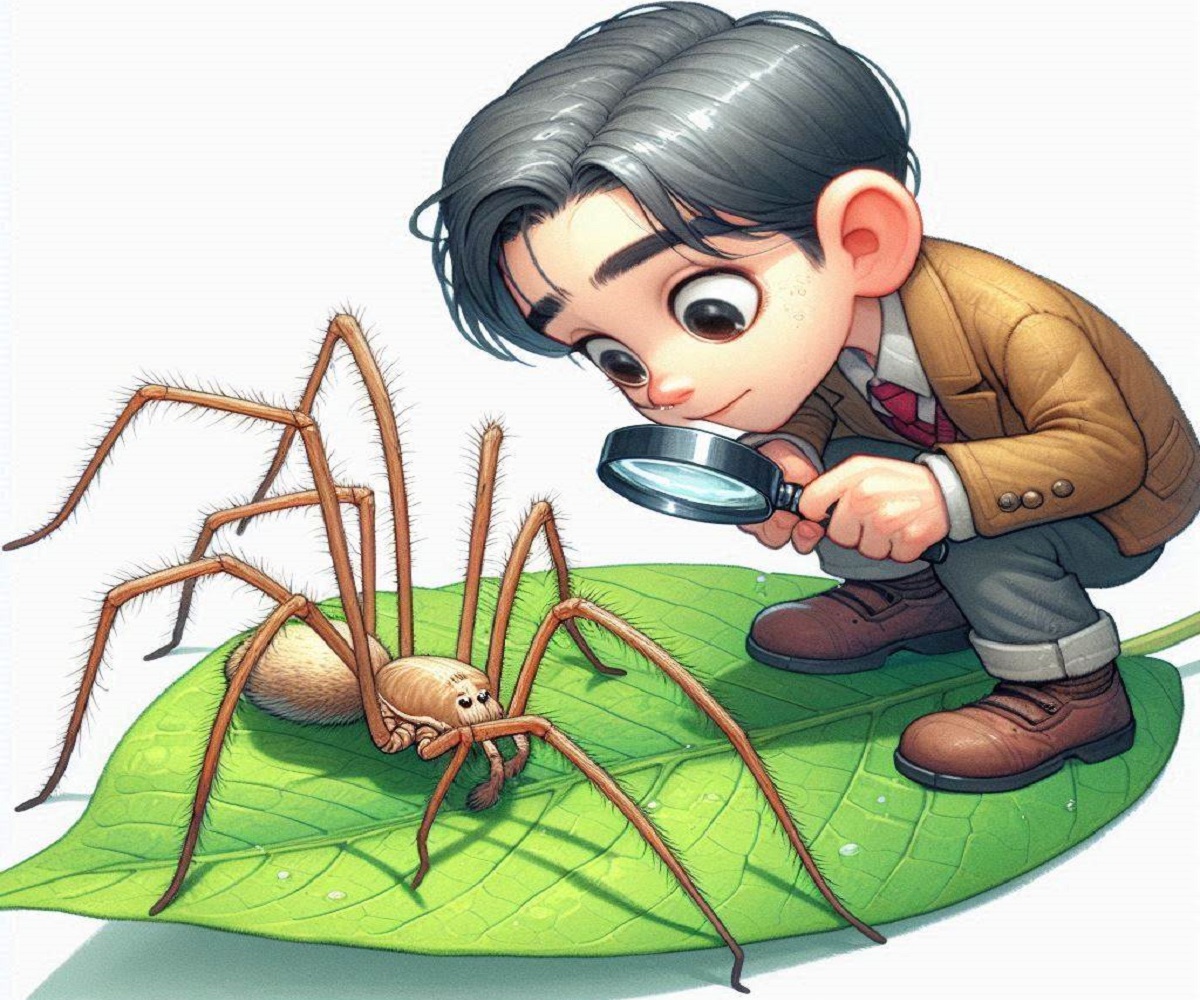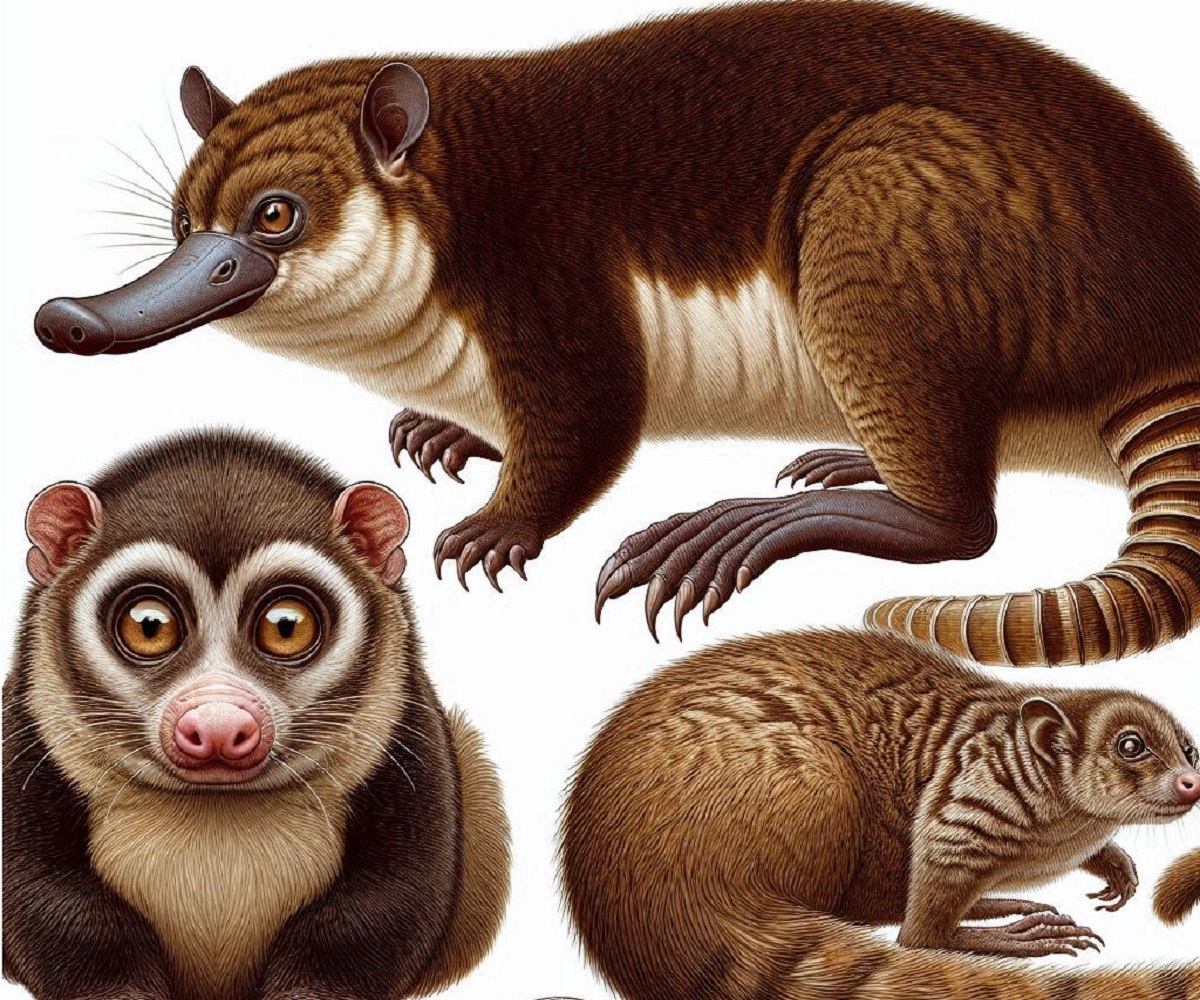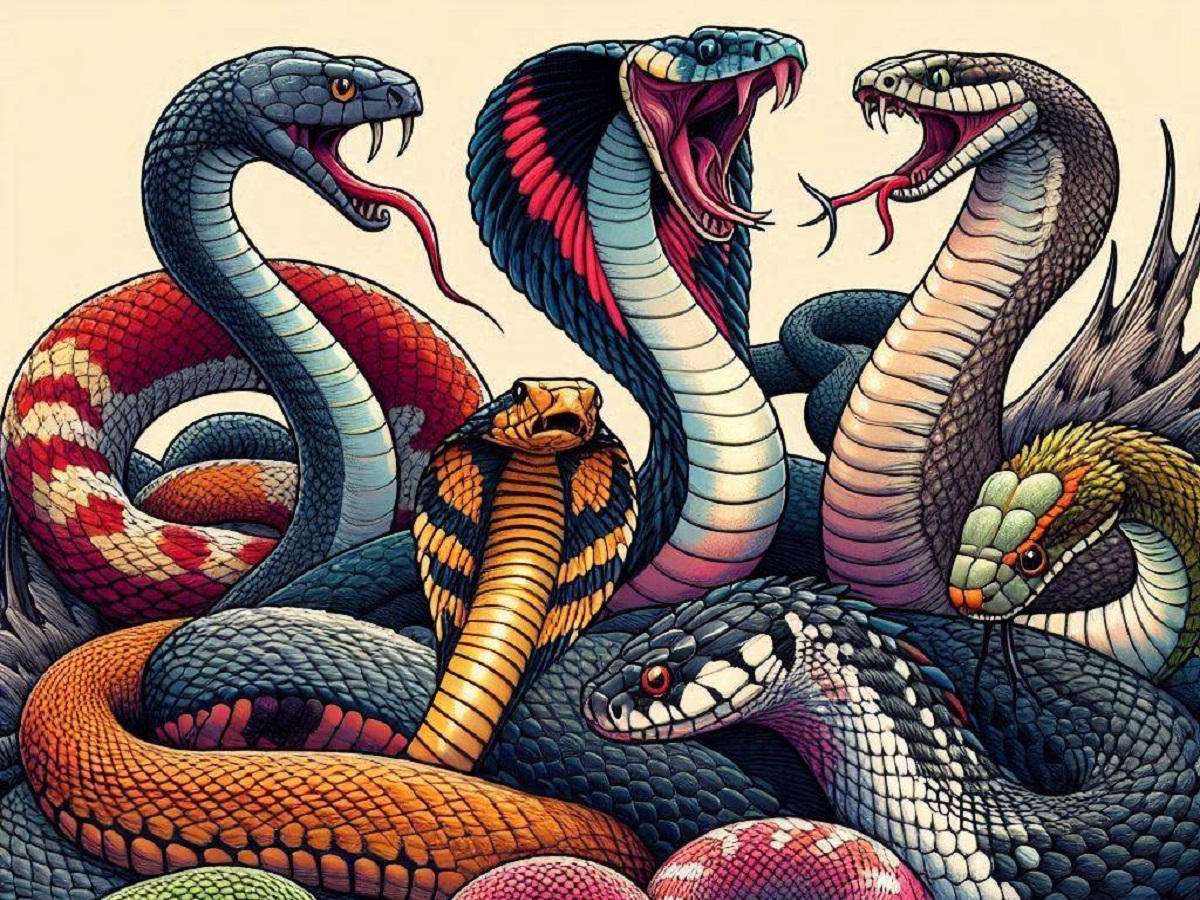Daddy long legs, a term commonly used to describe three different groups of arachnids, have long been the subject of myths and misconceptions, particularly regarding their venomous nature. This article aims to unravel the truth behind these fascinating creatures, exploring their biology, venom, and the myths surrounding them. Whether you’re a curious nature enthusiast or simply looking to separate fact from fiction, this comprehensive guide will provide all the information you need about the enigmatic daddy long legs.
Understanding Daddy Long Legs
The term “daddy long legs” is often used interchangeably to refer to three distinct types of arachnids: cellar spiders, harvestmen, and crane flies. Each of these groups belongs to different orders and has unique characteristics.
Cellar Spiders (Family Pholcidae)
Cellar spiders, also known as true daddy long legs, belong to the family Pholcidae. They are characterized by their long, slender legs and small, delicate bodies. These spiders are commonly found in dark, damp areas such as basements and cellars, where they spin irregular webs.
Harvestmen (Order Opiliones)
Harvestmen, also called harvest spiders, belong to the order Opiliones. Unlike true spiders, harvestmen have a fused body with a single, oval-shaped segment. They are known for their long legs and are often found in forests, gardens, and grasslands.
Crane Flies (Family Tipulidae)
Crane flies, which resemble large mosquitoes, belong to the family Tipulidae. Despite their similar appearance to other arachnids, crane flies are actually insects and are not related to spiders. They are often seen around lights during the evening and are known for their long, thin legs.
The Myth of Venomous Daddy Long Legs
One of the most persistent myths about daddy long legs is that they possess extremely potent venom but are unable to bite humans due to their small mouthparts. This myth has been perpetuated for many years, but it is largely unfounded.
Origin of the Myth
The myth likely originated from misunderstandings and generalizations about different species within the daddy long legs category. The confusion between cellar spiders, harvestmen, and crane flies has contributed to the myth’s persistence.
Debunking the Myth
Let’s examine each group to understand their venomous nature and whether they pose any danger to humans:
Cellar Spiders
Cellar spiders are indeed venomous, as are all true spiders. They use their venom to subdue prey, typically small insects and other arthropods. However, their venom is not considered dangerous to humans. The venom of cellar spiders is relatively weak and not potent enough to cause harm to humans. Additionally, their fangs are small and unlikely to penetrate human skin.
Harvestmen
Harvestmen are not venomous. Unlike true spiders, they do not possess venom glands or fangs. Harvestmen feed on a variety of organic matter, including small insects and plant material, using their claw-like appendages to grasp and consume food.
Crane Flies
Crane flies are not venomous and do not bite. They are harmless insects whose primary function is to reproduce and lay eggs in damp soil or water. The adults typically have short lifespans and are not known to cause harm to humans or animals.
Scientific Studies and Expert Opinions
Numerous scientific studies and expert opinions have contributed to debunking the myth of venomous daddy long legs:
Research on Cellar Spider Venom
Studies on cellar spider venom have shown that it is effective against their prey but poses no significant risk to humans. A study published in the Journal of Arachnology found that the venom of Pholcidae spiders is primarily used to immobilize and digest small insects. The researchers concluded that cellar spider venom is unlikely to cause any serious effects in humans.
Expert Opinions
Entomologists and arachnologists widely agree that the venom of cellar spiders is not harmful to humans. Dr. Rick Vetter, a retired research associate of entomology at the University of California, Riverside, has conducted extensive research on spider venoms. He has stated that there is no evidence to support the claim that cellar spider venom is highly toxic to humans.
Why the Myth Persists
Despite scientific evidence to the contrary, the myth of venomous daddy long legs persists due to several factors:
Lack of Public Awareness
Many people are unaware of the differences between cellar spiders, harvestmen, and crane flies, leading to confusion and the spread of misinformation.
Media and Pop Culture
The myth of venomous daddy long legs is often perpetuated by media and pop culture, where it is presented as a fascinating or scary fact. This portrayal can reinforce misconceptions and contribute to the myth’s longevity.
Human Fear of Spiders
Humans have an innate fear of spiders and other arachnids, which can lead to exaggerated beliefs about their danger. The idea of a spider with highly potent venom is an intriguing and alarming concept that captures the imagination.
The Ecological Role of Daddy Long Legs
Daddy long legs play important roles in their respective ecosystems, contributing to biodiversity and ecological balance:
Cellar Spiders
Cellar spiders help control populations of small insects and other arthropods, serving as natural pest control agents in homes and gardens. Their presence can reduce the need for chemical pesticides.
Harvestmen
Harvestmen contribute to decomposition by feeding on decaying plant and animal matter. They help recycle nutrients back into the ecosystem and support soil health.
Crane Flies
Crane fly larvae, known as leatherjackets, play a role in aerating and enriching the soil. They feed on decaying organic matter, contributing to the decomposition process and improving soil structure.
Conclusion
The myth of venomous daddy long legs is largely unfounded. While cellar spiders do possess venom, it is not dangerous to humans, and their fangs are unlikely to penetrate human skin. Harvestmen and crane flies, on the other hand, are not venomous at all. Understanding the truth behind these fascinating creatures can help dispel myths and promote a greater appreciation for their ecological roles.
Next time you encounter a daddy long legs, remember that they are harmless and beneficial members of our ecosystem. By appreciating their contributions, we can foster a greater understanding of the natural world and the diverse creatures that inhabit it.




